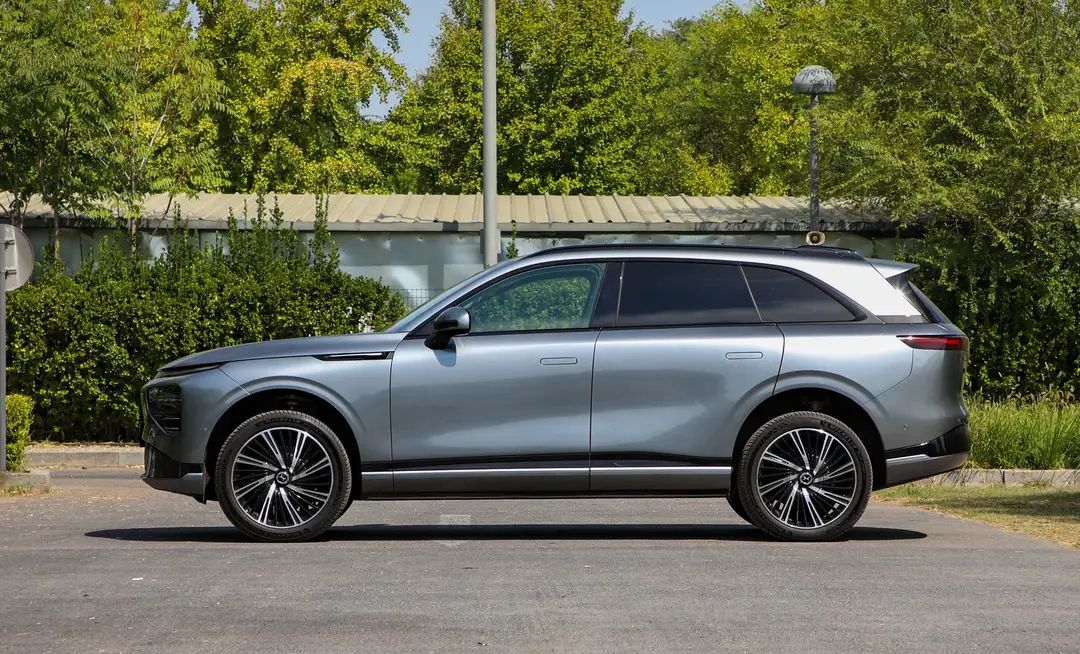Introduction:
XPeng promoted G9 as the Porsche of the electric car era, so I was particularly interested in its driving experience. I had experienced the static feeling before, but I went to a nearby XPeng store to experience it. Fortunately, there was only a four-wheel-drive top-end max model test drive car in the store, which could precisely experience its most powerful suspension and max-level assisted driving. Let’s make a comprehensive experience for this new star, 666.
Appearance:
First of all, at the first glance, it has a sense of being atmospheric and not bulky, unlike the bulky and inflexible appearance of X7, GLS. It is consistent with the size positioning, and will not be too peculiar or too exaggerated like the high, joint, or NIO. It can be concluded as durable and robust.
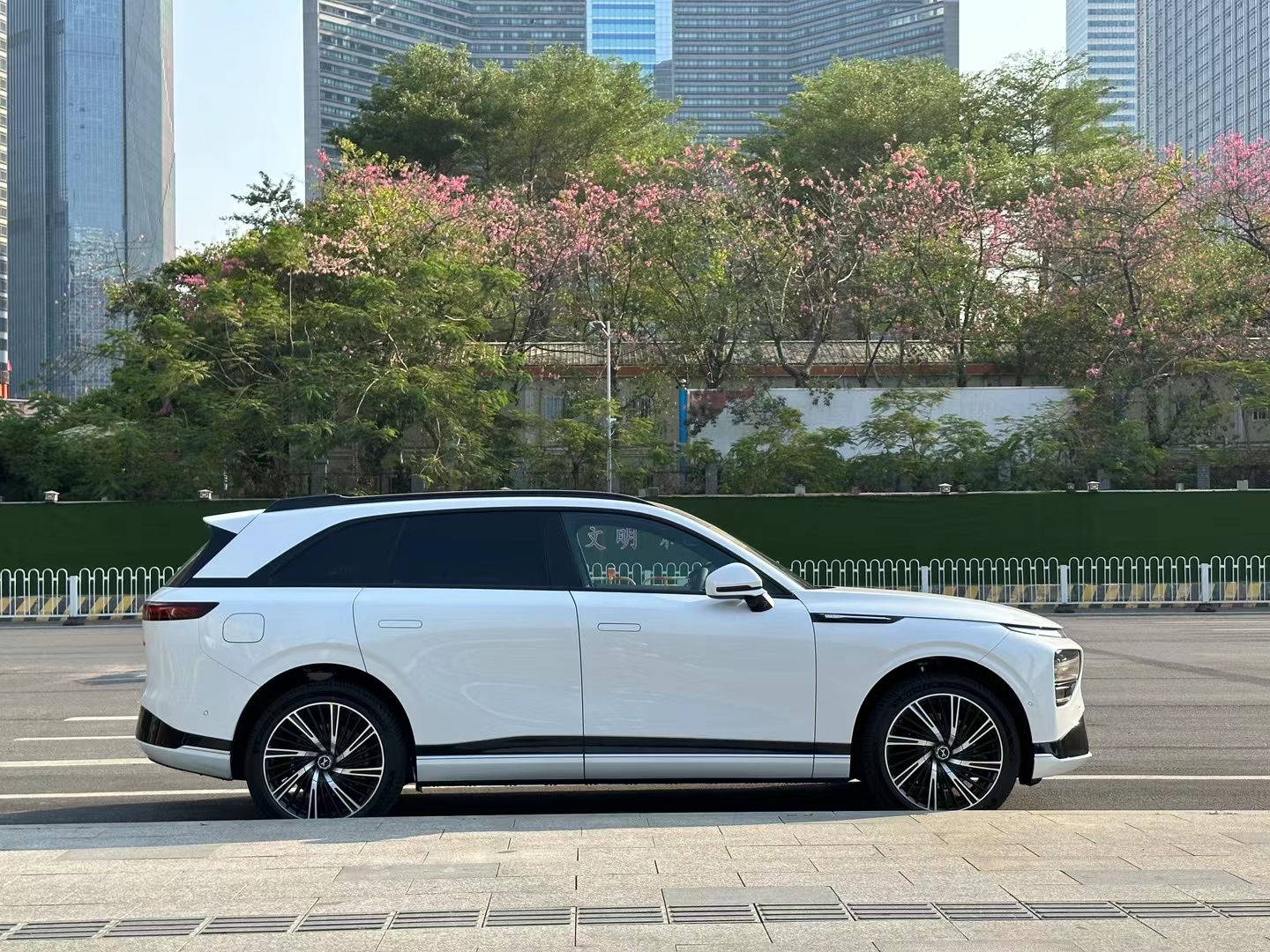
It also inherits the fresh and fashionable temperament of P7, and you can see the family style at a glance, unlike P5, which is quite exceptional.
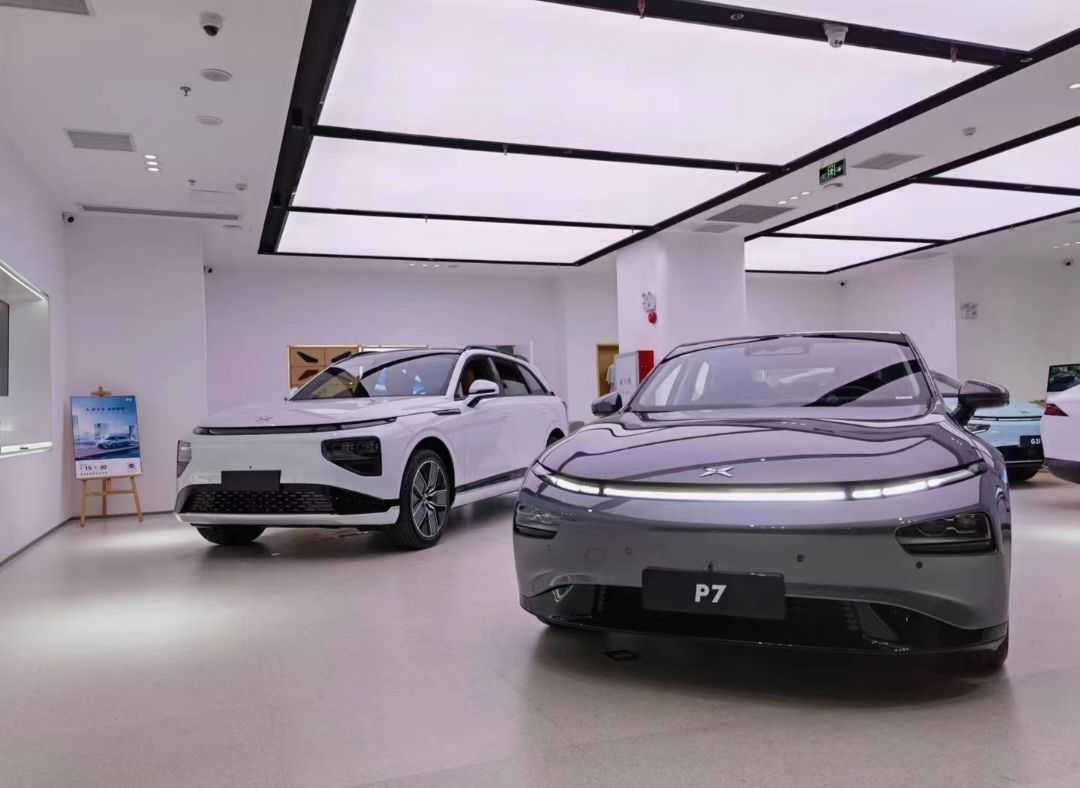
Interior:
—At first glance, it is a standard electric car interior design without much visual enjoyment, and the craftsmanship is not up to par. As for the advantages, it is the attention to details, such as the privacy glass for the front passenger, the central control screen and the front passenger screen are of the same size, which adds comfort, a fully electric steering wheel adjustment with feedback from a small motor, and a nameplate at the charging board to highlight its luxury positioning. However, the design of the central air conditioning is prone to dust accumulation and the plastic grille feels cheap. The chrome-plated strips on the armrest also lack the sense of quality.
There is a strange positioning that cannot be ignored: XPeng is a carmaker that pays little attention to the riding experience and rear seats. The luxurious positioning car priced at 300,000 to almost 400,000 actually does not have seat ventilation in the rear seats, nor does it have a leg rest and small table. The key is that the front seats only have seat cushion ventilation and no backrest ventilation. Even the top-equipped domestic car like P7 priced at 300,000 or more does not have front passenger seat ventilation, and only has seat cushion ventilation, which should not be an error that a luxury car model should make. It feels a bit out of place.
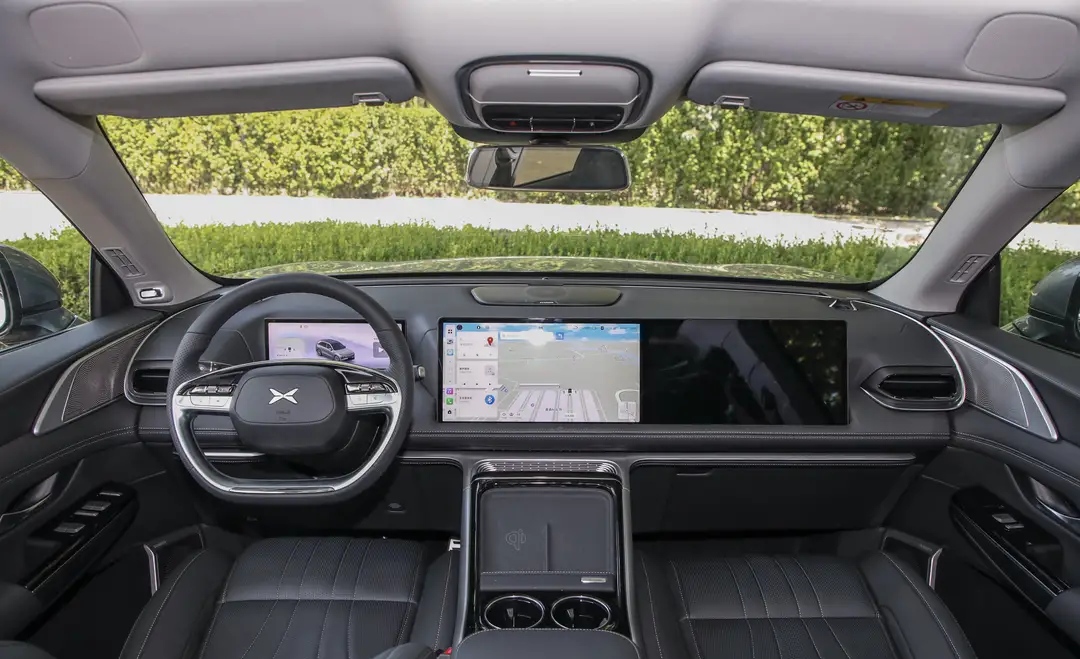
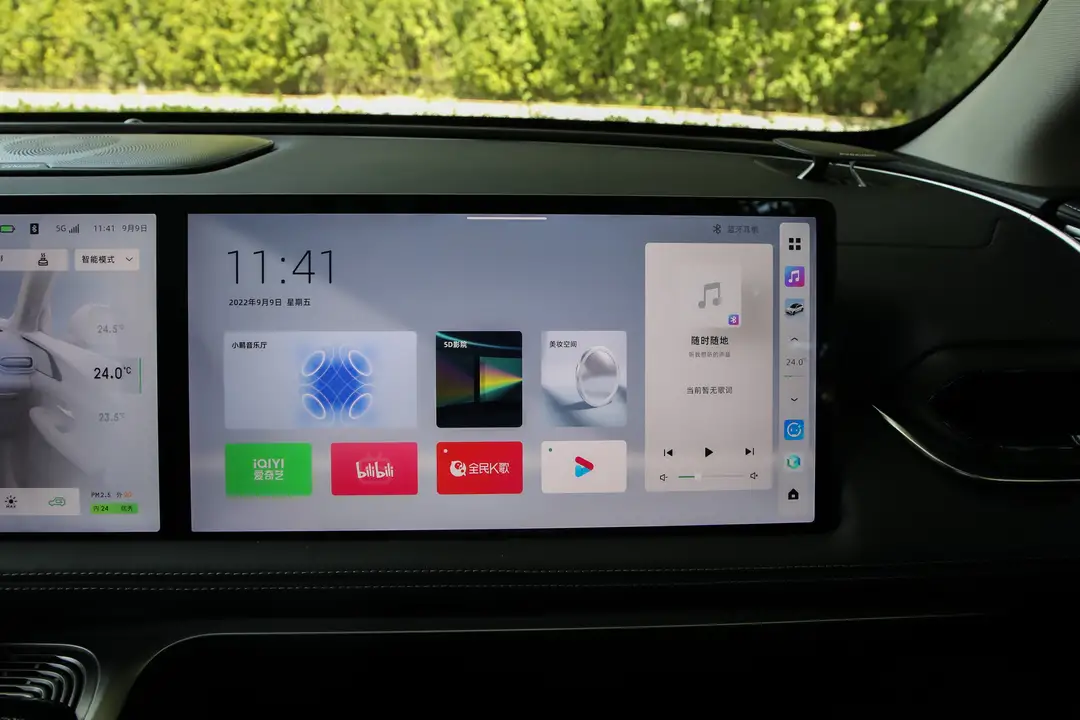
Intelligence:
- Advanced driver assistance system: The xp4.0 hardware has been arranged, which is several levels higher than the xp3.0 used in P7. However, during the test drive, the experience was the same as P7 due to the software not being arranged properly yet. I purposely drove on a road under construction in Lingnan New World to experience obstacle recognition. When the ACC and LCC were turned on, there was still zero recognition, zero obstacle avoidance, and zero braking. Even obstacles such as irregular parking could not be recognized or stopped by the instrument panel.## 2. Intelligent Cockpit
This time, the biggest difference between the voice control system of the P7 and the new version is that users can now use voice commands to turn on and off the reading lamp, and execute voice commands by visual triggers without calling out “Xiao P” as before. The voice control system can also work offline, but the accuracy of word recognition still needs improvement. Although the 5D cockpit was designed to showcase innovative ideas, the overall experience is not very practical since it is not used in reality very often. The development of film resources and the audio effect are impressive, and the texture is excellent. In fact, there is a hidden feature in the Xiao Peng cockpit system that is not promoted as often as it should be – users can control the position of the seat and the backrest with voice commands. Other car brands, including zero-run c01, do not offer this feature. Although the range of control varies among different brands, Xiao Peng has taken this feature to the extreme.
Highlights:
The test drive included both high-speed highways and poorly maintained roads for the tests on suspension systems. The bumpy roads provided a realistic test environment for testing the suspension system. Sales staff accommodated my request for this test drive, and the suspension system, along with the Continuous Damping Control (CDC) system, proved to be first-class. The damping performance was excellent, and the ride was very comfortable. During the normal road testing, I noticed a significant drop in the brake efficiency when accelerating or changing lanes, which was a common issue that has not been corrected since P7. However, the acceleration performance has been improved, and the driving experience with the Geek Mode is the best.
Surprises:
The voice control system has become more comprehensive. Although the 360 panoramic view still does not have a 3D dynamic feature, it finally includes a practical function to monitor the front wheels. The new suspension system provides a comfortable ride, and the ground clearance finally prevents the vehicle from bottoming out, which was a drawback of the G3, P5, and P7 models. The G9 model offers an optimized ride height, which allows it to handle poorly maintained roads with ease.
Conclusion:Porsche is a synonym and benchmark for handling, performance, texture, fashion and brand in the era of internal combustion engine. However, in the era of electric vehicles, the focus has shifted to power, intelligent cockpit, intelligent driving, handling, appearance and range. Only when all these elements are up to standard can inherent brand power be formed… I can say that I know Porsche, it really can be regarded as the benchmark of the internal combustion engine era. Besides the lack of driving feel and interior texture, the other elements of XPeng G9 are indeed in the first echelon. It can be imagined that it does need some precipitation to become a benchmark. XPeng, come on…
This article is a translation by ChatGPT of a Chinese report from 42HOW. If you have any questions about it, please email bd@42how.com.
